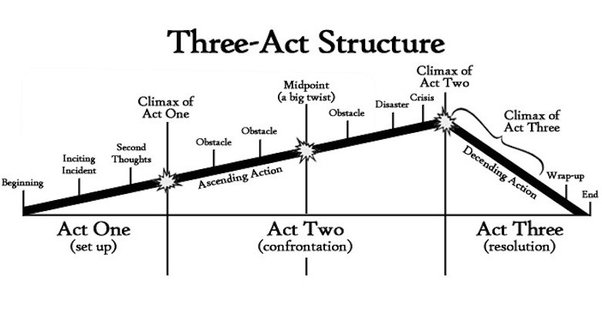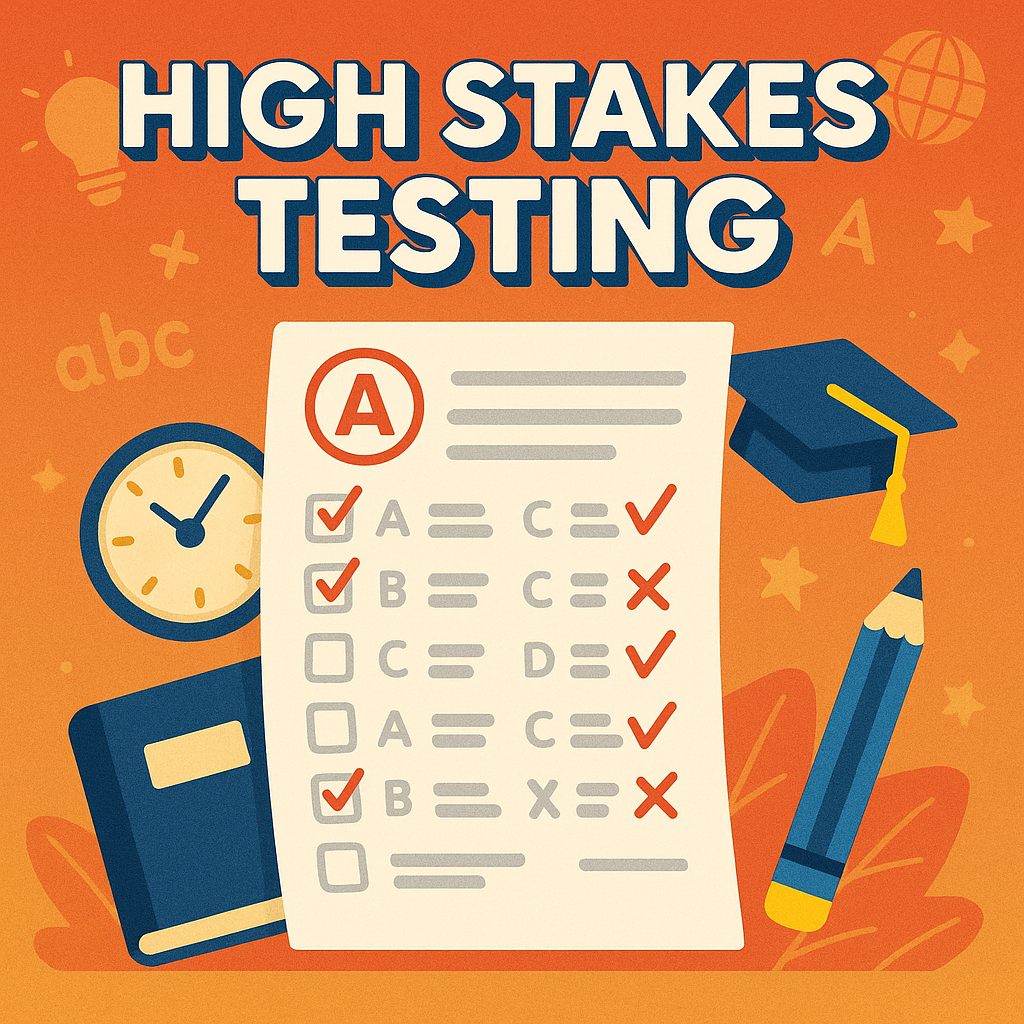
A compelling story arc is the backbone of any great narrative, guiding readers through a journey of conflict, growth, and resolution. Whether you’re crafting a novel, screenplay, or short story, understanding narrative structure can help you create engaging, emotionally resonant tales that captivate audiences.
In this article, we’ll explore the key components of narrative structure, different types of story arcs, and practical techniques for building strong, compelling plots.
What is Narrative Structure?

At its core, narrative structure refers to the framework that shapes a story. It dictates how events unfold, ensuring that a story has a clear beginning, middle, and end. This structure is what gives stories their rhythm, tension, and emotional impact.
A well-structured narrative keeps readers engaged by:
- Establishing characters, settings, and conflicts early on.
- Developing rising tension and stakes throughout the middle.
- Delivering a satisfying resolution that brings closure.
While different stories may follow different structures, most compelling narratives adhere to a defined pattern that helps maintain momentum and reader interest.
Classic Narrative Structure: The Three-Act Structure
One of the most widely used frameworks is the Three-Act Structure, which divides a story into three key sections:
Act 1: Setup (The Beginning)
- Introduces the main character(s), setting, and inciting incident.
- Establishes the story’s tone and central conflict.
- Ends with a turning point that propels the protagonist into Act 2.
📝 Example: In The Lord of the Rings, Act 1 introduces Frodo, the Shire, and the One Ring. The inciting incident occurs when Frodo realizes he must leave the Shire to prevent the Ring from falling into Sauron’s hands.
Act 2: Confrontation (The Middle)
- Expands on the conflict and character development.
- Introduces obstacles, subplots, and rising tension.
- Often includes a midpoint twist that shifts the protagonist’s approach.
- Ends with the climax, where everything is at stake.
📝 Example: In Harry Potter and the Sorcerer’s Stone, Act 2 follows Harry adjusting to Hogwarts, learning about the Sorcerer’s Stone, and facing challenges like the troll in the dungeon and the enchanted obstacles guarding the stone.
Act 3: Resolution (The End)
- Reaches the climax, where the protagonist faces their greatest challenge.
- Leads to a final confrontation that determines the outcome.
- Resolves loose ends and offers a satisfying conclusion.
📝 Example: In The Hunger Games, the climax sees Katniss and Peeta facing the final confrontation in the arena. The resolution shows them outsmarting the Capitol’s rules and returning home, setting the stage for future conflicts.
Alternative Story Structures
While the Three-Act Structure is widely used, other narrative frameworks can offer unique pacing and development styles.
1. The Hero’s Journey (Monomyth)
Popularized by Joseph Campbell, this structure follows a hero’s transformation through seventeen stages, often condensed into twelve steps by Christopher Vogler. It’s common in mythology, fantasy, and epic storytelling.
🔹 Key Stages:
- Ordinary World – The hero’s normal life before the adventure.
- Call to Adventure – Something disrupts their world.
- Refusal of the Call – The hero hesitates.
- Meeting the Mentor – Guidance arrives.
- Crossing the Threshold – The hero enters the new world.
- Tests, Allies, and Enemies – Encounters challenges.
- Approach to the Inmost Cave – Faces inner fears.
- The Ordeal – A major challenge or battle.
- Reward (Seizing the Sword) – The hero gains something valuable.
- The Road Back – The journey home begins.
- Resurrection – A final test before returning.
- Return with the Elixir – The hero brings back knowledge or change.
📝 Example: Star Wars: A New Hope follows Luke Skywalker as he embarks on a journey that transforms him from a farm boy into a Jedi hero.
2. The Fichtean Curve (Crisis-Driven Structure)
This model, used in modern thrillers and fast-paced narratives, relies on multiple rising action points leading to a dramatic climax.
🔹 Key Elements:
- Begins with rising tension (without a slow setup).
- Multiple crises keep escalating.
- A single climactic event leads to a short resolution.
📝 Example: Gone Girl maintains tension through constant plot twists, leading to a shocking climax before wrapping up quickly.
3. The Seven-Point Story Structure
This approach, championed by Dan Wells, simplifies storytelling into seven crucial plot points:
- Hook – The opening that grabs attention.First Plot Point – The inciting incident.
- First Pinch Point – The first challenge or threat.
- Midpoint – A major revelation or turning point.
- Second Pinch Point – Another challenge that raises stakes.
- Second Plot Point – Leads to the climax.
- Resolution – The story concludes.
📝 Example: The Matrix follows this structure, with Neo’s journey leading from self-doubt to mastery over his reality.
Building a Strong Story Arc
Regardless of the structure you choose, a compelling story arc relies on the following principles:
Strong Characters with Goals and Conflicts
- Your protagonist should have a clear goal that drives the story.
- Introduce internal (emotional) and external (plot-driven) conflicts.
Rising Stakes and Pacing
- Each event should raise the stakes and push the protagonist forward.
- Avoid slow, repetitive scenes—keep momentum with meaningful developments.
Emotional and Thematic Depth
- Stories resonate when they explore universal themes (e.g., love, sacrifice, identity).
- Characters should experience emotional growth alongside external victories.
Satisfying Climaxes and Resolutions
- The climax should be the most intense, high-stakes moment.
- The resolution should provide closure, leaving readers satisfied or intrigued for a sequel.
Practical Tips for Writers
- Outline Your Story: Even if you’re a “pantser” (writing without an outline), having a rough story roadmap prevents plot holes.
- Use Conflict to Drive Action: Every scene should have tension, stakes, or character development.
- Play with Time and Perspective: Flashbacks, dual timelines, and multiple POVs can add depth.
- Read and Analyze: Study books and films with strong story arcs to understand why they work.
- Write and Revise: Your first draft won’t be perfect—keep refining the arc and pacing.
Conclusion
A well-crafted narrative structure forms the foundation of any compelling story. Whether you follow the Three-Act Structure, Hero’s Journey, or an alternative model, the key is to ensure clear progression, rising tension, and meaningful resolutions.
By understanding and applying these storytelling techniques, you can create engaging, immersive stories that resonate with audiences and leave a lasting impact.
Now, go craft your unforgettable story arc! ✍📖🔥
Looking for creative CSS ideas? Explore CSS Mayo for a curated collection of the best CSS snippets and web design inspiration!







